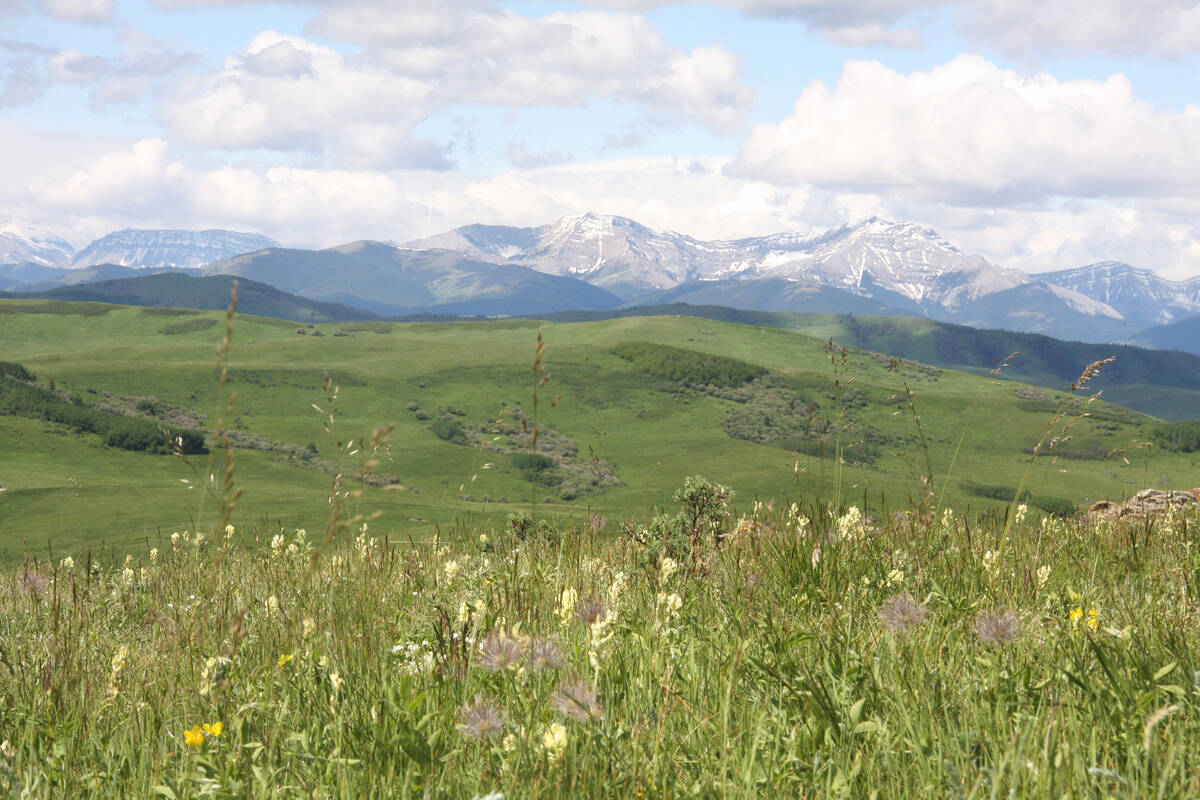The battle for acreage in the United States, usually limited to soybeans versus wheat, now includes a new category: crops versus ducks.
Rising crop prices persuaded hundreds of Midwest farmers to pull out nearly a million acres from the Conservation Reserve Program in 2007.
With that land going back into production, U.S. environmental groups are worried the loss of grassland could jeopardize waterfowl and grassland bird habitat in North and South Dakota.
Ducks Unlimited is concerned about the loss of habitat in the Prairie Pothole region, which stretches from Montana, through the Dakotas and into Minnesota.
Read Also

Selenium not deal breaker in coal mining: expert
Environmental scientist weighs in on coal mining debates in Western Canada, explaining selenium and the technologies and practices to lower its concentrations in nearby waterways to coal mining operations
“Those acres in the CRP produce about 2.2 million ducks per year,” said DU’s government affairs representative for agriculture, Bart James, from his Washington, D.C., office. “That’s the duck factory for us.”
The CRP, a program that compensates producers for taking marginal land out of production, was created in 1985 to reduce U.S. crop production.
Across the U.S., 34.6 million acres are enrolled in the CRP, a program where farmers seed their cropland with grass. The U.S. government then pays the farmer annually, per acre, for the loss of potential cropland.
The CRP is a well-regarded conservation program in the U.S., known for reducing soil erosion, improving water quality and increasing wildlife. According to a U.S. Fish and Wildlife study released in May 2007, the existence of the CRP added 1.8 grassland birds (wrens, meadowlarks) to the Prairie Pothole region.
In North Dakota, farmers took 420, 000 acres out of the CRP in 2007, more than 12 percent of the state’s 3.4 million acres in the program. South Dakota also saw a drastic drop in renewals, with 350,000 acres withdrawn.
“Probably because of high grain prices, farmers chose not to take advantage of re-enrolment,” said Craig Bihrle, communications supervisor for North Dakota’s Game and Fish department.
Bihrle said 10 years is a typical length for a CRP contract, and many North Dakota producers who signed up in 1997 chose not to extend this year.
Bihrle said the CRP’s rental rate in the state, on average $33 per acre, doesn’t compare to the potential returns from crops.
Scott McLeod, Ducks Unlimited regional biologist in Bismarck, N.D., said the problem boils down to economics.
“What they’re getting for crop far exceeds (the CRP rates) in many parts of the state,” said McLeod, who estimated cropland rents out for $60-$90 per acre in North Dakota.
According to officials with the U.S. Department of Agriculture, which manages the CRP, the department is re-evaluating the rates to try and make them more competitive. But the program depends on political support.
In Canada, the president of the Keystone Agricultural Producers, a Manitoba farm lobby group, said the CRP puts U.S. farmers in a difficult spot.
“The American system is full set aside,” said Ian Wishart, during an interview at the Manitoba Seed Growers Symposium on Feb. 20. “Therefore, you get no production (on those acres).”
Which means, Wishart said, that U.S. producers must choose between farming and not farming.
In comparison, the Alternative Land Use Services (ALUS) model – where farmers are paid for setting aside an ecologically sensitive portion of their land – is more neutral and helps create a working landscape.
“Our approach is more the middle of the road,” said Wishart, referring to the ALUS model, which is popular in Australia and gaining support in Canada. “We’ve had some interest from the Americans on why we are doing it this way and how much better it might work.”















